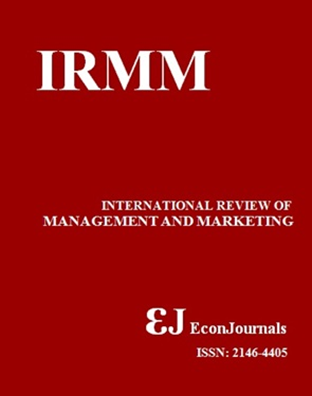Does Attending a Public or Private University Make a Difference for Students in Colombia?
Abstract
In this paper, we explore the difference in quality between public and private higher education institutions (HEIs) in Colombia. We test whether the differences in the national exam that measures student performance (Saber Pro) between public and private institutions is statistically significant by employing a propensity matching score approach based on common financial characteristics to avoid issues of selection bias. The results indicate that the difference in student performance between public and private institutions is positive and statistically significant. There is evidence that students in private HEIs perform better in most areas of the Saber Pro than their public counterparts. This performance difference can be attributed to the substantial differences in the patterns of teaching expenditures and income per student between public and private HEIs. The results are robust, since we controlled for statistical differences between private and public universities in terms of growth of revenue, number of undergraduates, number of full-time professors, and income per student by using propensity matching estimators for counterfactual samples.Keywords: student performance, higher education indicators, education in developing economies, public vs private universitiesJEL Classification: I2Downloads
Download data is not yet available.
Downloads
Published
2017-03-29
How to Cite
Cayon, E., Correa, J. S., & Sarmiento-Sabogal, J. (2017). Does Attending a Public or Private University Make a Difference for Students in Colombia?. International Review of Management and Marketing, 7(2), 293–299. Retrieved from https://econjournals.com/index.php/irmm/article/view/4472
Issue
Section
Articles




